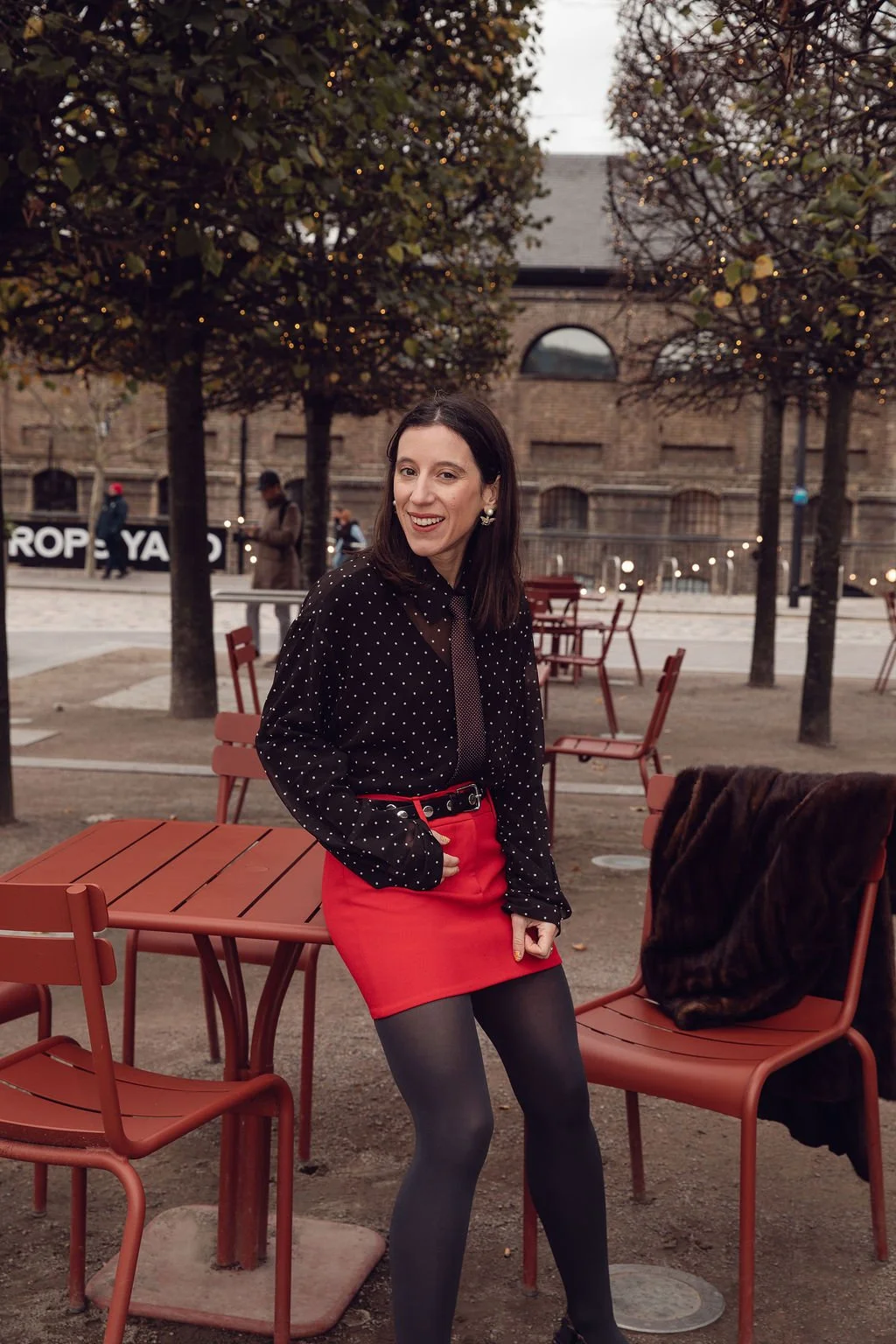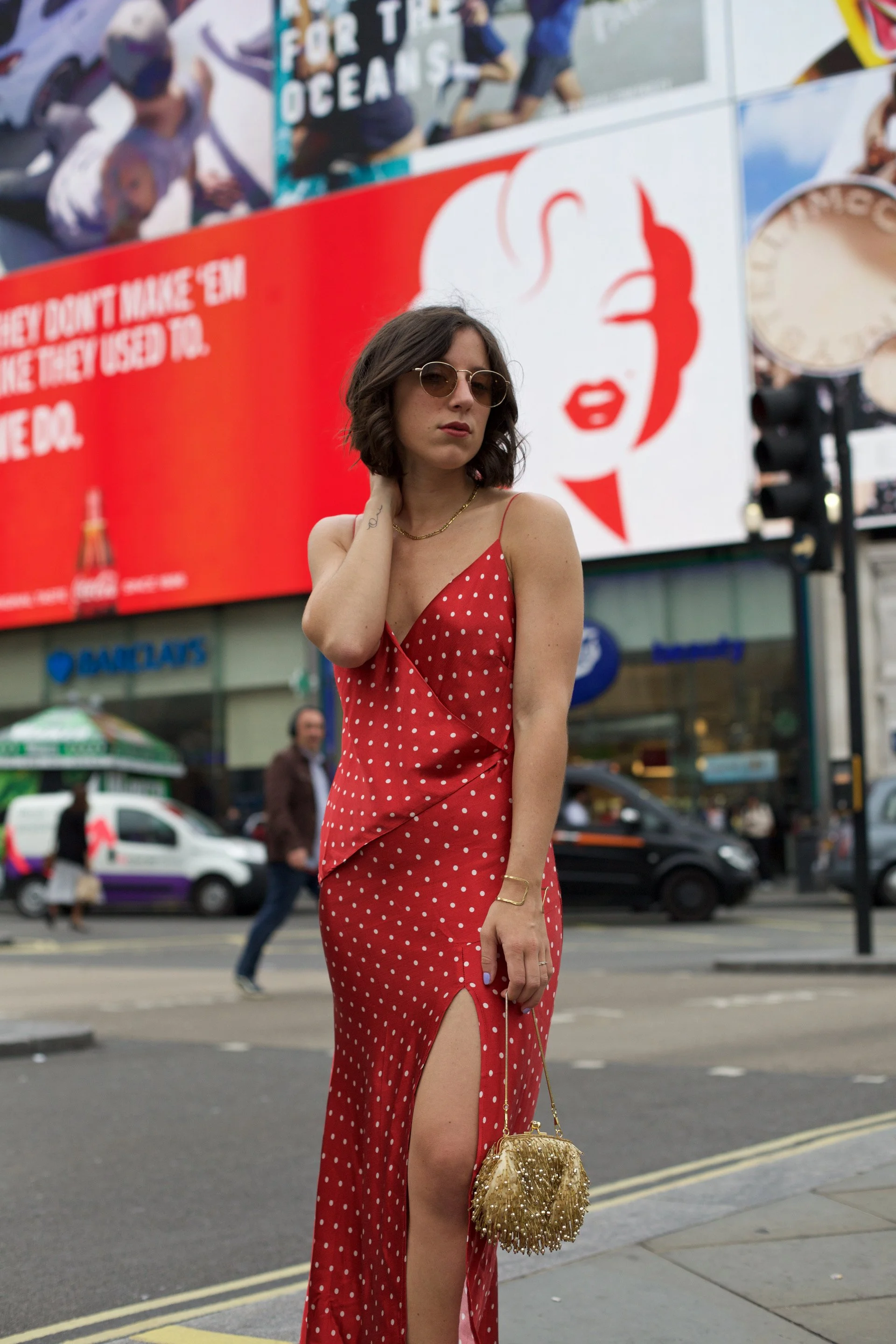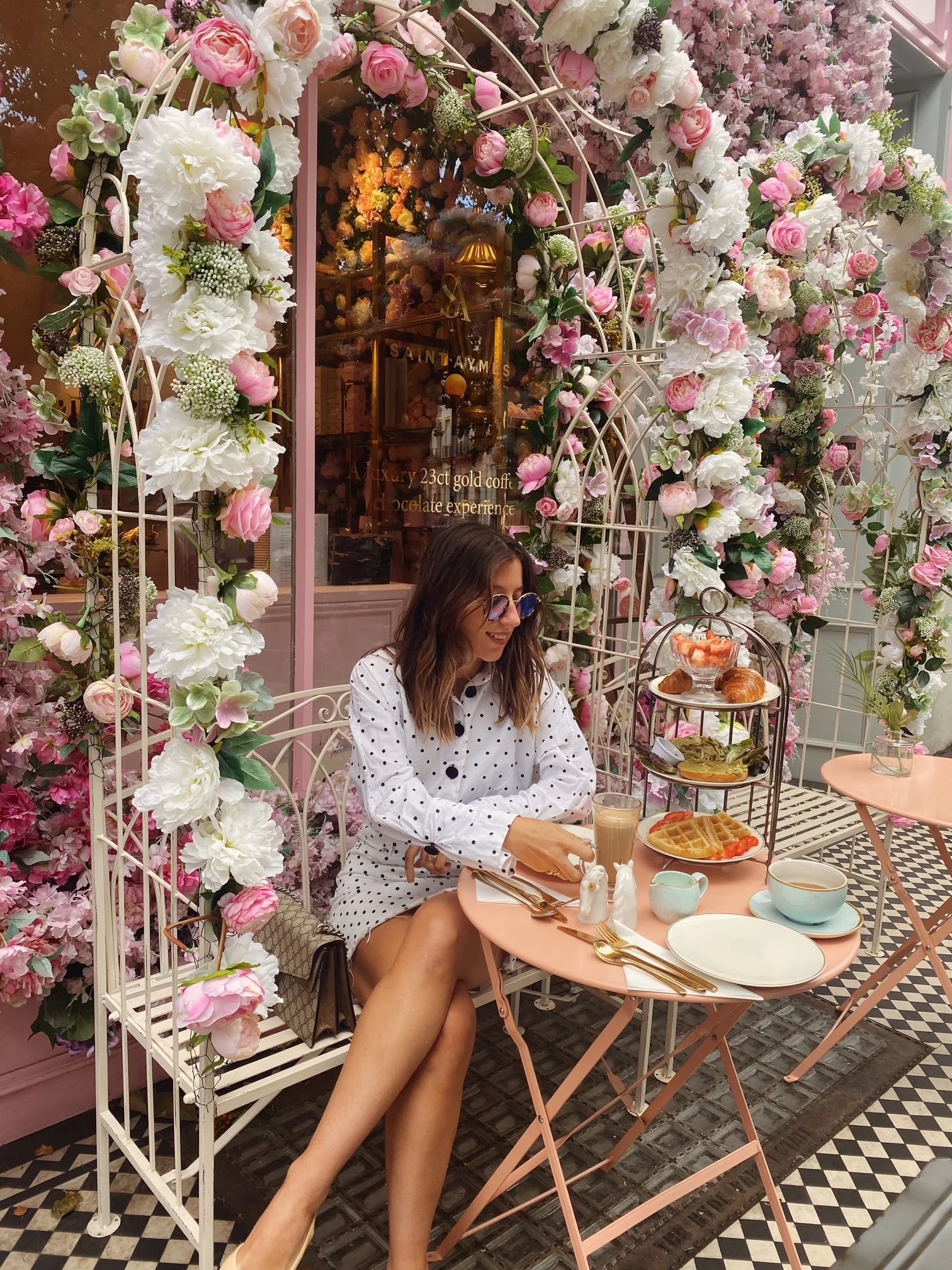Polka Dots Aren't A Trend, They Are Evergreen
/photo by roz alcazar
I was reflecting on this season’s trends, and one thing is certain: polka dots are back.
Sure, brown and burgundy are the colours of the moment — you’ll see them on one in three women walking down the street — but it’s the pattern that caught me by surprise. Polka dots suddenly feel new again. But are they really?
Maybe it’s the Spaniard in me, but polka dots don’t feel like a revival. They feel like home. Like stripes, or tartan, or anything so ingrained in your visual memory that it becomes a kind of rhythm. You see it in flamenco dresses, in bikinis from the seventies, in your grandmother’s bold earrings.
Over the summer (and over the years) I’ve seen them everywhere: red, yellow, blue, black, white. Big and small, round and messy, dancing across silks and linens. Now that we are in autumn, they have softened: dots on cocoa browns and earthy tones. I couldn’t resist and, of course, added one more to my collection.
While I was down the rabbit hole, I did a bit of digging: where do polka dots even come from? The truth is, no one really knows. Some say the pattern traces back to the Middle Ages, others to Eastern Europe, where the polka dance inspired the name. Then came Minnie Mouse, and suddenly, dots were everywhere.
Before “polka dots” became the official term, the print had a dozen different names:
Dotted-Swiss (possibly from Swiss cheese), lunares (the Spanish name I first learned), quinconce in French, and thalertupfen in German. Leave it to language to turn something as simple as a circle into poetry.
And then, of course, came Yayoi Kusama, the queen of dots. She turned repetition into transcendence, proving that something small and circular can be infinite.
So maybe polka dots aren’t just a trend. Maybe they’re a language of joy, of play, of identity, and of memory.
And you? Are you into it?
xx Lau Lau
P.S.: If you are interested in some inspirational outfits, I’ve left some ideas here









